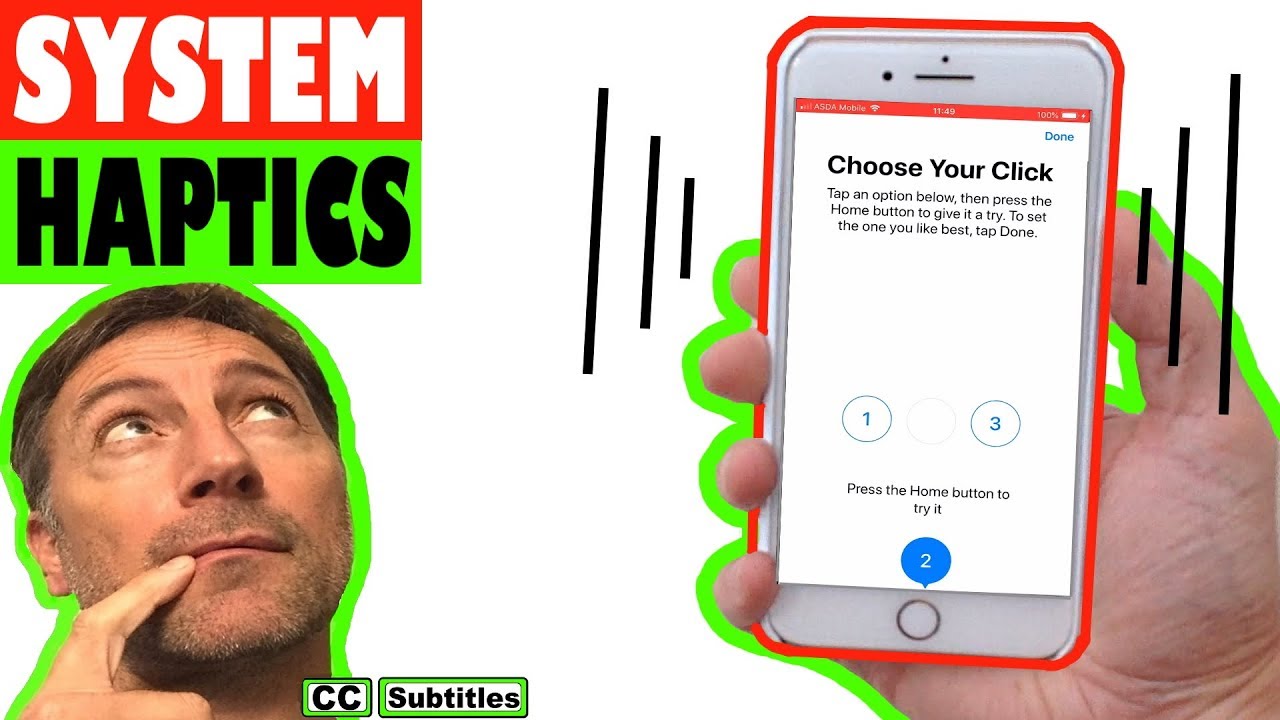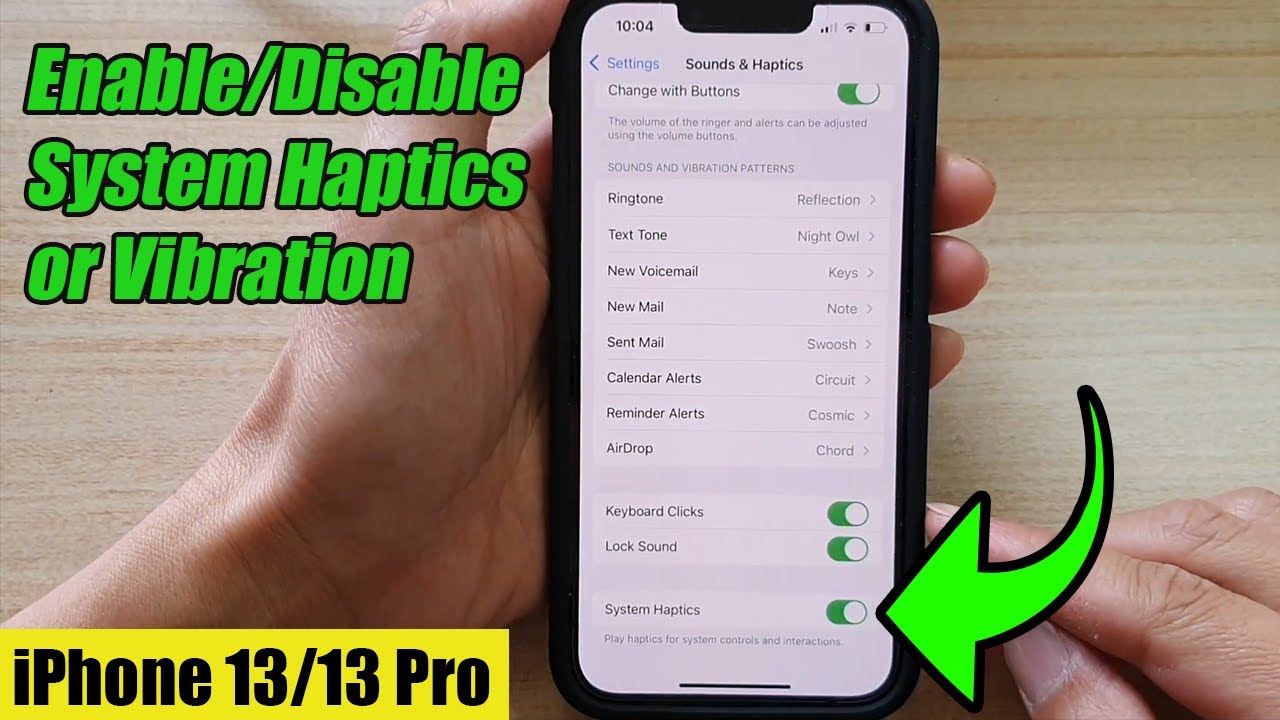Exploring the Features of System Haptics on iPhone 13
The iPhone 13, Apple's latest flagship smartphone, has brought numerous advancements in technology and features. One such feature is system haptics, which enhances the user experience by providing tactile feedback. In this article, we will delve into the world of system haptics on the iPhone 13 and understand its functionality, benefits, and how it enhances the overall user interaction.
1. What is System Haptics?

What is System Haptics
System haptics refer to the technology that enables the iPhone 13 to provide subtle vibrations or tactile feedback when interacting with the device. These vibrations simulate physical sensations and are designed to provide a more immersive and intuitive experience to the users.
2. How does System Haptics Work on iPhone 13?

How does System Haptics Work on iPhone 13
System haptics on the iPhone 13 are powered by a combination of hardware and software. The device is equipped with a linear actuator, which is responsible for generating the vibrations. The software algorithms determine when and how these vibrations should be triggered based on user interactions, system events, or specific app functions.
3. Benefits of System Haptics on iPhone 13
System haptics offer several advantages that enhance the user experience on the iPhone 13. Let's explore some of the key benefits:
a. Enhanced Tactile Feedback: System haptics provide precise and subtle vibrations that mimic the feeling of pressing physical buttons or interacting with objects on the screen. This creates a more immersive and realistic experience.
b. Improved User Interface Navigation: With system haptics, the iPhone 13 can provide haptic feedback when navigating through menus, scrolling, or making selections. This tactile feedback helps users confirm their actions and provides a more intuitive interface.
c. Notification Alerts: System haptics can be used to deliver discreet and customizable notifications. Users can feel different patterns of vibrations for various alerts, such as incoming calls, messages, or app notifications, without relying solely on visual cues.
d. Gaming Experience: System haptics enhance gaming by providing tactile feedback that corresponds to in-game actions. This adds an extra layer of immersion, allowing players to feel the impact of their actions, such as a vibrating response when shooting a virtual weapon or driving a car.
4. Customization and Accessibility
Apple recognizes the importance of customization and accessibility. Users can adjust the intensity of haptic feedback to their preference through the device's settings. Additionally, system haptics can benefit individuals with visual impairments, as the tactile feedback provides an alternative way to interact with the device.
5. Limitations and Considerations
While system haptics on the iPhone 13 offer numerous advantages, it is essential to consider potential limitations:
a. Battery Consumption: System haptics require additional power, which may impact the device's battery life. However, Apple has optimized the feature to minimize its impact on overall battery performance.
b. App Integration: System haptics can vary depending on app developers' implementation. Some apps may offer more robust haptic feedback, while others may provide minimal or no support.
System haptics on the iPhone 13 revolutionize the way users interact with their devices by providing tactile feedback. From enhanced user interface navigation to immersive gaming experiences, system haptics offer a range of benefits. The customization options and accessibility considerations further enhance the usability for a diverse user base. As technology continues to evolve, system haptics will likely play an increasingly significant role in shaping the future of smartphone interactions.